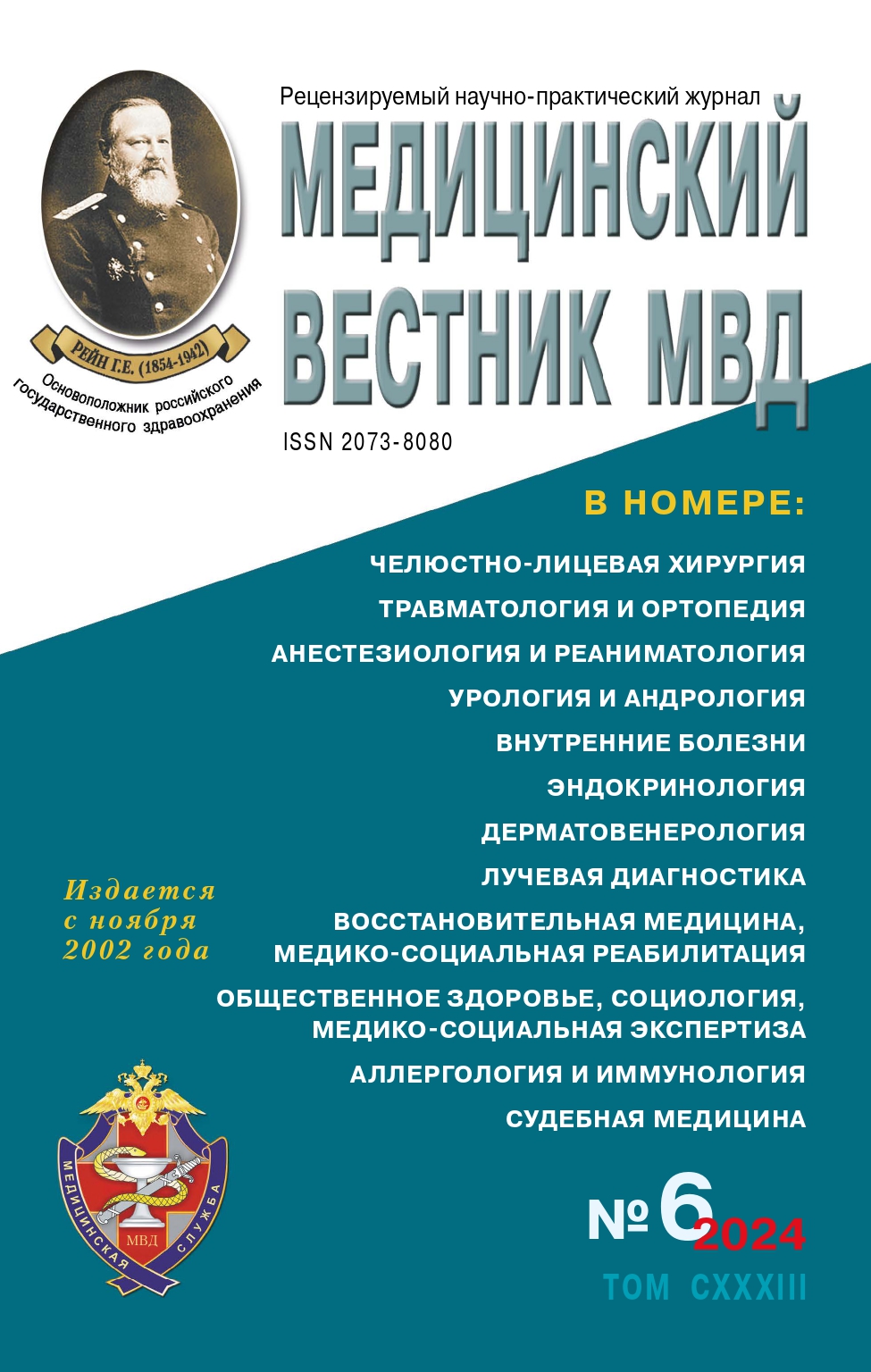Federal State Budgetary Institution "Federal Scientific and Clinical Center for Specialized Types of Medical Care and Medical Technologies of the Federal Medical and Biological Agency" (Department of Dermatovenereology and Cosmetology, Professor)
Russian Federation
Russian Federation
Russian Federation
Moscow, Moscow, Russian Federation
Imiquimod is a low molecular weight compound acting as a local immune response modifier and activating factors of both inborn and acquired immunity (especially T-helpers 1), causing antiviral, antitumor and immunoregulatory effects. It stimulates TLR-7/8 receptors, triggering the immune response mechanisms. It is used in dermatology for the treatment of diseases caused by human papillomavirus and has various antiproliferative and immunomodulatory effects. It is also used for reproduction of the mouse models of psoriasis.
imiquimod, TLR, psoriasis, mouse model
1. Garland S.M. Imiquimod. Curr Opin Infect Dis. 2003 Apr; 16(2):85-9. Doi:https://doi.org/10.1097/00001432- 200304000-00004
2. Angelopoulou A., Alexandris N., Konstantinou E., Mesiakaris K., Zanidis C., Farsalinos K., Poulas K. Imiquimod – A toll like receptor 7 agonist – Is an ideal option for management of COVID 19. Environ Res. – 2020 Sep; 188:109858. Doi:https://doi.org/10.1016/j.envres.2020.109858
3. Schön M.P., Schön M. Imiquimod: mode of action // Br J Dermatol. – 2007; 157 Suppl 2:8-13. Doi:https://doi.org/10.1111/j.1365-2133.2007.08265.x
4. Hayashi T., Crain B., Corr M. et al. Intravesical Toll-like receptor 7 agonist R-837: optimization of its formulation in an orthotopic mouse model of bladder cancer. // Int J Urol. – 2010; 17(5):483- 490. Doi:https://doi.org/10.1111/j.1442-2042.2010.02503.x
5. Schön M.P., Schön M. Immune modulation and apoptosis induction: two sides of the antitumoral activity of imiquimod // Apoptosis. – 2004; 9(3): 291-298. Doi:10.1023/ b:appt.0000025805.55340.c3
6. Schön M.P., Schön M., Klotz K.N. The small antitumoral immune response modifier imiquimod interacts with adenosine receptor signaling in a TLR7- and TLR8-independent fashion // J Invest Dermatol. – 2006; 126(6):1338-1347. Doihttps://doi.org/10.1038/sj.jid.5700286
7. Brown J., Wang H., Hajishengallis G.N., Martin M. TLR-signaling networks: an integration of adaptor molecules, kinases, and cross-talk // J Dent Res. – 2011; 90(4):417-427. Doi:https://doi.org/10.1177/0022034510381264
8. Hanna E., Abadi R., Abbas O. Imiquimod in dermatology: an overview // Int J Dermatol. – 2016; 55(8):831-844. Doi:https://doi.org/10.1111/ijd.13235
9. Bubna A.K. Imiquimod – Its role in the treatment of cutaneous malignancies // Indian J Pharmacol. – 2015 Jul-Aug; 47(4):354-9. Doi:https://doi.org/10.4103/0253-7613.161249
10. McLaughlin P.J., Rogosnitzky M., Zagon I.S. Inhibition of DNA synthesis in mouse epidermis by topical imiquimod is dependent on opioid receptors // Exp Biol Med (Maywood). – 2010; 235(11):1292-1299.
11. van der Fits L., Mourits S., Voerman J.S., Kant M., Boon L., Laman J.D., Cornelissen F., Mus A.M., Florencia E., Prens E.P., Lubberts E. Imiquimod-induced psoriasis-like skin inflammation in mice is mediated via the IL-23/IL-17 axis // J Immunol. – 2009 May 1; 182(9):5836-45. Doi:https://doi.org/10.4049/jimmunol.0802999
12. Moos S., Mohebiany A.N., Waisman A., Kurschus F.C. Imiquimod – induced psoriasis in mice depends on the IL-17 signaling of keratinocytes // J Invest Dermatol. – 2019; 139(5):1110-1117.
13. Gangwar R.S., Gudjonsson J.E., Ward N.L. Mouse Models of Psoriasis: A Comprehensive Review // J Invest Dermatol. – 2022 Mar; 142(3 Pt B):884-897. Doi:https://doi.org/10.1016/j.jid.2021.06.019
14. Hawkes J.E., Gudjonsson J.E., Ward N.L. The snowballing literature on imiquimod-induced skin inflammation in mice: A critical appraisal // J Invest Dermatol. – 2017; 137(3):546-549.
15. Vinardell M.P. Methodological shortcomings in the reports of the imiquimod psoriatic model // Exp Dermatol. – 2022 Mar; 31(3):299-303. Doi:https://doi.org/10.1111/exd.14479





